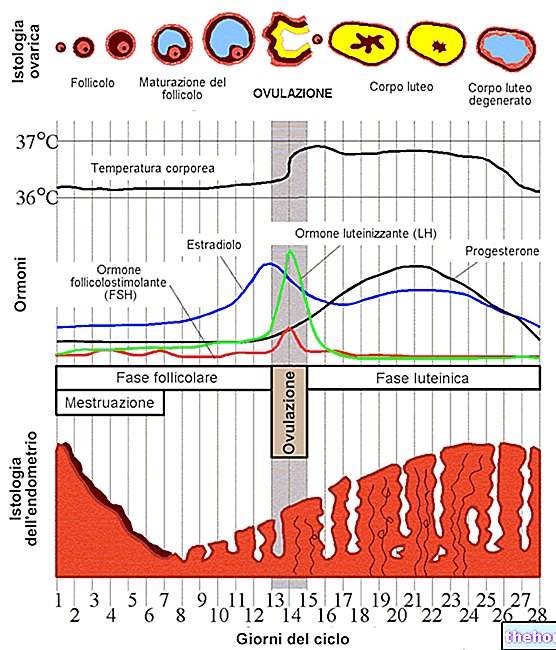Essential oils
When, in the herbal-cosmetic field, we speak of "macassar", immediate reference is made to the "homonymous oil extracted from Cananga odorata, a plant from which the well-known ylang ylang oil is also obtained.
The names attributed to the two oils - macassar and ylang ylang - are often misused in common language, mistaking them for synonyms; in fact, considering that both are extracted from the same matrix, it is understandable that there is some confusion about it. This brief argument intends to shed some light on this, illustrating the distinctive characteristics of both.

Before describing the salient properties and the chemical constituents that characterize each of the two oils, a brief analysis of the matrix is necessary, Cananga odorata.
Cananga odorata
As we have mentioned, the flowers of Cananga odorata (Family: Annonacee) represent the starting matrix from which ylang ylang and macassar oil are extracted.
The tree of Cananga odorata, typical of the Comoros Islands, it is commonly called with the same name as the precious extracted oil (ylang ylang), while the plant takes on a different popular connotation in Indonesian countries (canang). Cananga odorata is a tropical tree species that does not go unnoticed, given its imposing size (it even reaches 35-40 meters in height): it has a branched and erect stem, originating a rather thick crown, consisting of large, persistent and alternating leaves, with a small thin petiole. The flowers, which bloom in the intermediate seasons, have very elongated petals, with a particular greenish-yellow color: the flowers are distinguished, in particular, by the perfume, intense and penetrating; ylang ylang and macassar oil is extracted from the flowers.
Macassar: general information
The testimonies on the use of macassar oil date back to the Victorian era: in those years, the main use of this oil consisted in the formulation of conditioners and shampoos with nourishing and softening properties. Indeed, this ancient custom is still considered in modern herbal shops: hair products formulated with macassar oil are indicated to reinvigorate, energize and give body to brittle and thin hair, nourishing and hydrating them. The final effect of constant and frequent washing with macassar oil based shampoo is amazing and the hair will enjoy a deep restructuring.
In any case, the use of macassar oil does not stop only in hair products: it is often used, in fact, as a base for men's perfumes, with a violet-like “leathery” note. Similarly, this oil becomes part of many scented formulations of soaps, bubble baths, shaving foams, etc., often associated with other oils that enhance the final effect (eg jasmine oil, castoreum oil).
In phytotherapy, macassar oil is used internally for its sedative and antispasmodic properties; the topical application of macassar oil in the form of creams, ointments or massage oils is used for anti-inflammatory, antiparasitic and euphoric use.
Macassar: essential oil
As we have seen, what distinguishes macassar oil from ylang ylang oil is the chemical composition, as well as the combination of the chemical molecules constituting the final character of the phytocomplex. The matrix from which the oils are obtained is the same: from the flowers of Cananga odorata a very fragrant essence is obtained, subsequently subjected to four different distillations. The four extraction processes are reflected in the final quality of the distillate: in this regard, the "extra", "first", "second" and "third" distillations are distinguished ( in order of quality) Macassar oil cannot be obtained from “extra” distillation (an extraction technique reserved for ylang ylang oil).
Macassar oil has a golden yellow or reddish color, a viscous consistency and gives off a fragrance very similar to that of jasmine. The essence is composed as follows (in descending order by quantity):
- Linalool
- P-cresol-methyl-ether
- Geranyl benzoate
- Geranyl acetate
- Organic acids, yaligen, phenylpropanoids
[compositional analysis taken from Reasoned dictionary of herbal medicine and phytotherapy, by A. Bruni, M. Nicoletti]
The application of macassar oil could be irritating on particularly delicate skin.
Ylang ylang: generalities
Precisely due to the chemical composition that characterizes the phytocomplex, the essence of ylang ylang extracted from the flowers of Cananga odorata it is much more valuable than macassar. Also in this case, the essential oil is obtained by steam distillation: in general, the purification process takes more than 24 hours.
The ylang ylang oil is intense, penetrating, distinguished by a characteristic balsamic note: as reported by the etymological analysis of the term ylang ylang (from ylang-ylang, “Uncommon” referring to the very particular and distinguishable aroma), the fragrance of the essence is exclusive and original.
Ylang ylang oil appears as a rather viscous and yellowish liquid, with a very complex chemical composition; it is in fact made up of over a hundred different molecules: linalool (above all), geranyl-acetate / benzoate, P-cresol-methyl- ether, ylangenes, phenylpropanoids and many other specific compounds.
Ylang ylang: uses
The essential oil is particularly suitable for "relaxing, relaxing, calming, dissolving and unblocking" the body, muscles, anxieties, tension and stress: not surprisingly, ylang ylang oil is widely used as a massage oil . It also seems that its medicinal virtues are particularly indicated in case of palpitations, tachycardia, hypertension and anxiety (aromatherapy).
The precious essential oil of Cananga odorata it is also known as an antiseptic, euphoric and regenerating agent; some venture to attribute to it also marked - albeit still hypothetical - aphrodisiac properties.
In phytotherapy, ylang ylang oil is exploited for its antispasmodic, hypoglycemic, hypotensive, antiparasitic and antidepressant properties.
Macassar and Ylang Ylang: summary of the properties "
Select plant Fir Acacia Acerola Sorrel Yarrow Yarrow Yarrow Aconito Adatoda Garlic Agnocasto Agrimonia Alchemilla Alkekengi Aloe Altea Witch Hazel Ammi or Visnaga Pineapple Andrographis Anemone Pulsatilla Angelica Anise Star Anise Japanese Star Anise Bitter Orange Bitter Areca Arnica Harpagophytum Arpagophyte Artemisia Asteragus Basil Asparagus Asparagus Peruvian Asparagus Asparagus Asparagus Hawthorn Boldo Borage Shepherd's Purse Boswellia Bucco Butea superba Cocoa Coffee Cajeput Calamus Calamus Marigold Camedrio Chamomile Roman Chamomile Camphor Cinnamon Ceylon Maidenhair Capuchin Artichoke Cardamom Cardiac Thistle Asian Thistle Carvi Cascara Cassia Catecu Catha Cabbage Celandine Chicory Centaurea Cinnamon Cypress Celandine Chives Cypress Coca Cola Colchico Combreto Condurango Comfrey Coriander Cranberry Barberry American Chrysanthemum Cumin Turmeric Damiana Digital Dioscorea Drosera Dulcamara Dunalilella Echinacea Eder a Ephedra Elenio Eleutherococcus Helichrysum Evening primrose Horsetail Alfalfa Erica Euphrasia Erisimo Escolzia Eucalyptus Farfara Farfaraccio Calabar bean Fenugreek Fennel Phytolacca Frangola Ash Fumaria Japanese Mushrooms Galega Ganoderma lucidum Garcinia Cambogia Mulberry Gentian Broom Ginkgo Ginkgo Guipana Guipana Gynestra Ginkgo Hibelia Gymnasium Hibiscus Guarulp St. John's Wort Horse Chestnut Ispaghul Hyssop Jaborandi Kava kava Konjac Laminaria Cherry Laurel Lavender Lemongrass Lespedeza Lovage Icelandic Lichen Lemon Flax Lippia Licorice Lobelia Hops Maca Marjoram Maize Mallow Manna Marrubio Marrubio d "water Matè Melaleuca Meliloto American Lemon balm Myrtle Myrama Walnut Nutmeg Walnut vomica Olive tree Meadowsweet Ononide Opuntia Oregano Orthosiphon Nettle Poppy Papaya Parietaria Feverfew Passiflora Chilli Perilla Periwinkle Phyllanthus Plantain Picrorhiza Pilosella Pino Pisci dia Podofillo Polygala Grapefruit Parsley Psyllium Pueraria mirifica Butcher's broom Pygeum Quassia Oak Rhubarb Ratania Rauwolfia currant Castor bean Rhodiola Rosehip Rosemary Rue Willow Sarsaparilla Sage Elderberry Sassafras Sedum Ergot Senna Serenoa Repens Soybean Solidago Tansy Taraxus Tamarind Tamarind Tamarind Tamarind Tamarindo Ursina Valerian Vanilla Mullein Verbena Veronica Viburnum Vinca Pansy Mistletoe Vine Withania Yohimbe Saffron Ginger Pumpkin Select disease Juvenile Acne Rosacea Tinnitus Tinnitus Aerophagia Tendon Affections Afonia Aphthae Algias Functional Halitosis Breastfeeding Allergy Anemia Anguish Anxiety Arteriosclerosis Asthrosis Asthrosis Arthritis Arthritis Men Sex Woman Blepharitis and Conjunctivitis Eye bags Bronchitis Gallstones Kidney stones Salivary stones Baldness Androgenetic Candida Fragile hair Caries Headache Cellulitis Motion sickness Cystitis C limaterio Cholecystopathy High cholesterol Ulcerative colitis Colonoscopy Contusions Hematoma Convalescence Couperose Depression Dermatitis Diaper dermatitis Diabetes Diarrhea Erectile dysfunction Dyslipidemia Dysmenorrhea Dyspepsia Disturbances of vision Hemorrhoids Epistaxis Herethism Heart disease Fever Fibromyalgia Gastro-intestinal disease Flatulence Hypertension Fibromyalgia Gastrointomnia Jaundice Laryngitis Renal lithiasis Toothache Sore throat Thinness Menopause Meteorism Mononucleosis Alzheimer's disease Crohn's disease Nausea Vomiting Obesity Dark circles Onychomycosis Osteoporosis Dry skin Periarthritis Piorea Low pressure Prostatitis Psoriasis Colds Breast fissures Anal fissures Gastro-nasal rhinitis Senescence Premenstrual Syndrome Sinusitis Quit smoking Overweight Fatty liver Constipation Stomatitis Stress Cough Triglycerides high Ulcer Burns Nails Brittle flashes Heat Warts Dizziness Properties herbal Tanning Abortive adaptogenic Aphrodisiac bittering analgesic anesthetic anorectics analgesic antacid anti-allergic anti-asthmatic Antibiotic catarrh Anticellulitiche anticonvulsant Antidiaforetiche antidiarrheal edematous anthelmintic antiemetic Antiemorroidarie antiphlogistic Antiidrotiche Antinevrotiche Antioxidants antipyretic antirheumatic antiscorbutic Antiseptic antispasmodic anti-uric Aperitive Flavoring Astringent Balsamic Bechiche Capillarotrope Cardiotonic Carminative Cathartic Caustics Healing Cholagogues Choleretic Dyes Decongestants Deodorants Purifying Diaphoretic Cleansers Disinfectants Detoxifiers Thirst quenching Diuretics Exciting Emetics Emmenagogues Emollients Hemostatic Energies Hepatoprotectors Expectorants Eupepticus Moisturisers Galactosensitizers lanti Hypertensive Hypnotic Hypoglycemic Hypotensive Irritants Laxatives Soothing Narcotic Nerves Nutrients Odontalgic Pectoral Purgative Revulsive Remineralizing Refreshing Rubefacient Scialagoghe Sedative Soporifugas Sneezing Stomachic Stomatics Narcotic Vascular Tightenitis




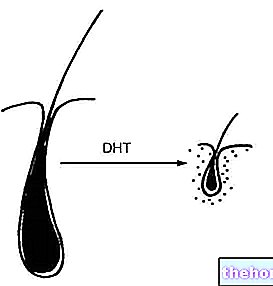



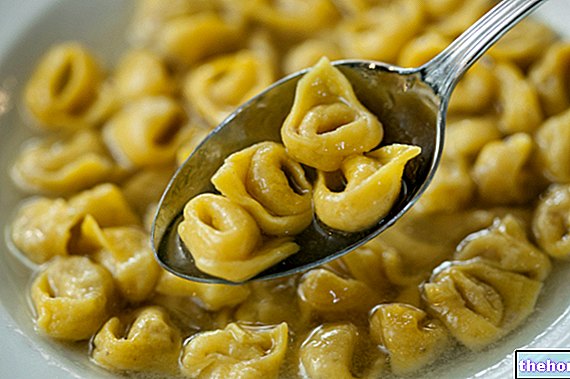

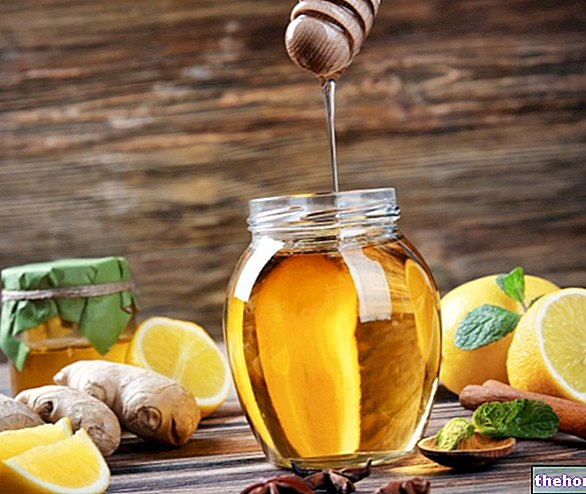




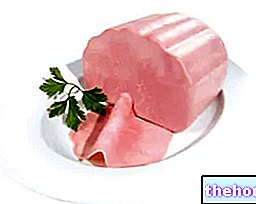

.jpg)



